As you might imagine, one of the main challenges of logistics is transporting materials from one point to another. PELI Cases are particularly adept at protecting equipment during shipping, so we’d like to think we have a little insight into what logistics involves, why it is so important to organisations across the world, as well as why high quality packaging is paramount in supply chain management strategy.
In this post we will go over some common questions related to logistics management, what it is, why it is important and why you need to strongly consider your packaging supplier for shipping needs.
What is logistics?
Simply put, logistics refers to the process of managing how resources are acquired, stored and transported to their final destination. Logistics management is a business discipline that involves identifying prospective distributors and suppliers as well as determining their effectiveness and accessibility. The people that manage, coordinate, analyse and optimise this process are called logisticians.
Logistics was originally a term reserved for military purposes. It was used in reference to the management of military personnel and resources to get them where they needed to be and when they needed to be there. The term was then adopted by organisations outside the public sector and is now widely used in business to refer to how resources are handled and moved along the so-called supply chain.
The terms supply chain management and logistics management are often thought of as one and the same; however, that is not entirely the truth. We will touch on the differences on that later in this post.
What are the major functions of logistics?
The two main functions of logistics are transportation and warehousing. Logistics transportation management is focused on the planning, the execution and the optimisation of the movement of goods between the point of origin, such as the manufacturing plant, to warehouses, to retail locations and finally to the end-user. The traditional transportation methods are air, ocean, rail and road.
Although, air transportation traditionally involves the use of aeroplanes, drone use for logistics operations has recently seen an increase. What drones offer is a more efficient transportation method as they are able to reduce lead time by cutting out most bottle necks inherent with the other traditional methods of transportation. This has been evidenced recently with reports that drones have been used in the fight to stop the spread of COVID-19 by delivering vital medical supplies and tests to hospitals and other remote areas in a timely manner.
Warehousing, also known as warehouse management, involves functions such as inventory management as well as order fulfilment. Order fulfilment is the industry term for the actual shipping and delivery of a product to a point down the supply chain, which may be a distributor or an end-user, for example.
Inbound Logistics versus Outbound Logistics
The above functions can also be thought of in the terms inbound and outbound logistics. Inbound logistics is a term that refers to the receiving of raw materials or products from a supplier to a warehouse. Outbound logistics on the other hand refers to the actions required to get those final goods delivered to the end-user or simply to the next point on the supply chain.
Logistics versus Supply Chain
The difference between logistics management and supply chain management (SCM) is that logistics is considered as part of SCM. We have already touched on what logistics is focused on, and while the two terms are sometimes used interchangeably, SCM encompasses a much broader set of activities, especially in the planning phase. This includes demand planning and forecasting, sales and operations planning (S&OP), supply chain execution (SCE), as well as strategic sourcing and transportation management, to name just a few.
Reverse logistics versus traditional logistics
Reverse logistics has become quite popular in today’s increasingly globalized marketplace. Essentially, reverse logistics involves the movement of goods from their traditional end destination back along the supply chain for the purpose of increasing value to the organisation or for proper disposal.
That may sound confusing, so let’s look at a couple examples that most people will understand, the smartphone market. Many well-know smartphone manufacturers allow for the return of old smartphones in exchange for the user to be compensated with a discount or a new phone all together. The original electronics manufacturer (OEM) will then recycle or dispose of them.
Another more common example of reverse logistics is simply the return of products for refund, such as at a retail location or through eCommerce online shopping. Or the return of leased equipment, which is quite popular these days in the automotive market, for example. Additionally, some organisations have different locations for their production and repair centres and need to ship components from one to the other for repair so that they may be sent back to perform once again.
Through these examples, one can see that the difference between reverse and traditional logistics is that the former involves the return of a final product to at least one step back in the supply chain. So, the question you may be asking yourself is, why would a business want to do this?
Reverse logistics allows for the recapturing of value from products, parts and materials that have been returned from the end-user. So, if we were to use the smartphone example again, these OEMs are able to take the phones, extract parts of the phone that can be reused such as the gold and other metals inside of the phone. Fun fact, did you know that there is eight times more gold in a ton of cell phones as there is in a gold mine? The reason gold is so heavily used in electronics is that it is a great conductor of electricity. It is also unique in that it does not exhaust as do most other natural resources, thus it can be reused and recycled, which will greatly reduce raw material procurement and manufacturing costs for a business.
Having said the above, you can imagine that large organisations are able to calculate and decide whether a strategy involving reverse logistics would be a profitable element to add into their SCM strategy. For certain businesses, this will not be a viable option or would simply not make sense.
Why is logistics important?
The most obvious answer here would be that focusing all of a company’s time and resources on product innovation and design is great, but if they don’t have an efficient process to get those products to market, then the business won’t survive long. This is the major purpose that logistics serves.
Additionally, logistics also plays a major role in other aspects of business especially regarding operations and quality management. The more efficiently raw materials can be purchased, transported and stored until use, the more profitable a business can be. Efficiently and effectively coordinating resources to allow for on-time delivery as well as the use of materials can be make-or-break for a business.
On top of that, brand image is also something that logistics helps to maintain and improve. If products are not produced and shipped in a timely manner, brand image suffers and thus customer satisfaction can decline, which will hurt a company’s bottom line and long-term viability.
Logistics is especially important in today’s day and age as the increasing intricacy of supplying companies with the materials and resources they need, along with the global expansion of supply chains, has necessitated an ever more efficient omnichannel commerce. Consumers have come to expect same-day home or retail delivery of customised products ordered from smartphones and other mobile devices. Thus, organisations along the supply chain have had to improve their logistics processes to meet this increasing demand for quicker, more convenient delivery of a wider variety of goods.
Organisations employ specialised logisticians to get this job done. The tasks for which the logistician is responsible are varied; however, they broadly encompass overseeing and managing inventory by arranging for appropriate transportation and adequate storage of inventory. They plan out the entire logistics process, coordinating the steps as inventory and the resources move along the supply chain. There are specialised training courses that emphasise these skills and there are even technical business degrees based on IT systems and data analytics management that logisticians use to do their job. Hopefully this serves to explain how and why logistics management is so important.
Important Considerations: Logistics Packaging
The costliest component of logistics is generally speaking transportation. One consideration to reduce costs and increase efficiency in transportation is through adequate logistics packaging. Maximising space while securing loads is imperative to reducing costs for businesses shipping products.
After over 40 years offering the most reliable, bespoke case solutions to the most demanding markets, Peli has recently launched a selection of preconfigured, ready to order, ISP2 cases to meet the demands of the dynamic logistics market.
Shifting or loose cargo can slow down your operations or even damage freight. Time is money and so is damaged shipments. The new ISP2 Cases from Peli virtually eliminate load movement with a unique Inter-Stacking Pattern (ISP).
The system is designed to maximize the volume of standard logistics platforms. Whether loading Euro pallets, NATO pallets, 463L Master pallets or sea containers, the ISP2 Case system will make the most efficient use of cargo space.
Peli is the largest manufacturer of shipping containers in the world, so we know how to do it right. To find out more about how Peli can help you with your logistics packaging and transportation, try out our ISP2 pallet configurator.




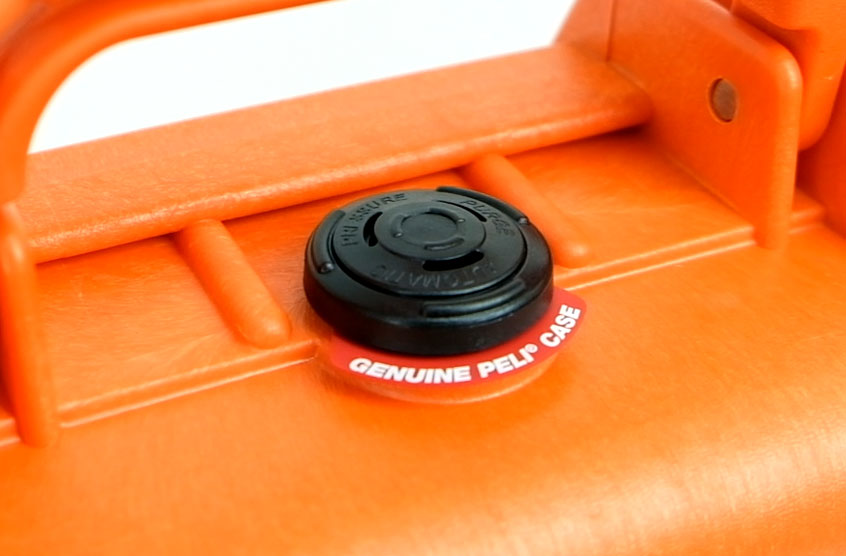
.png)

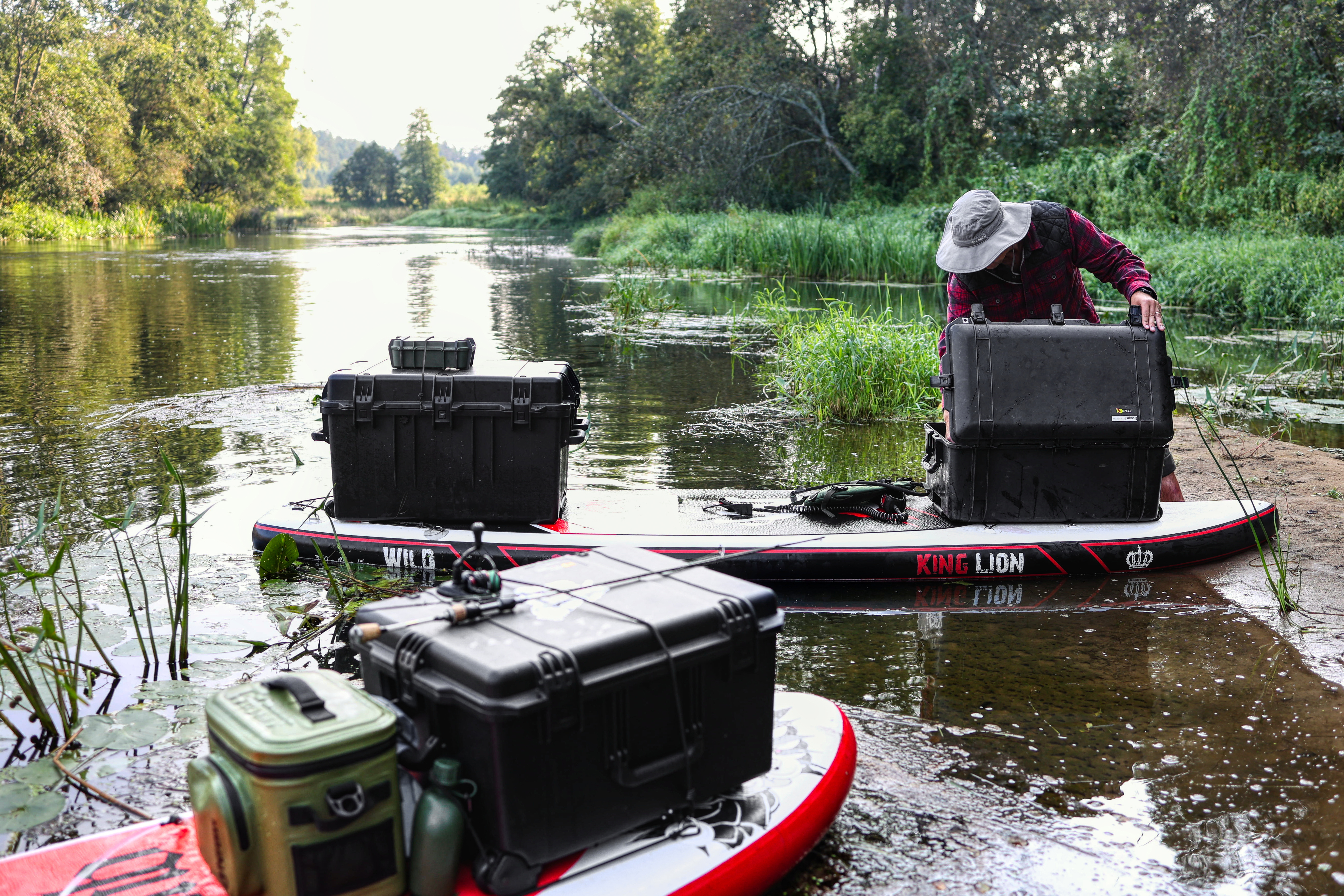






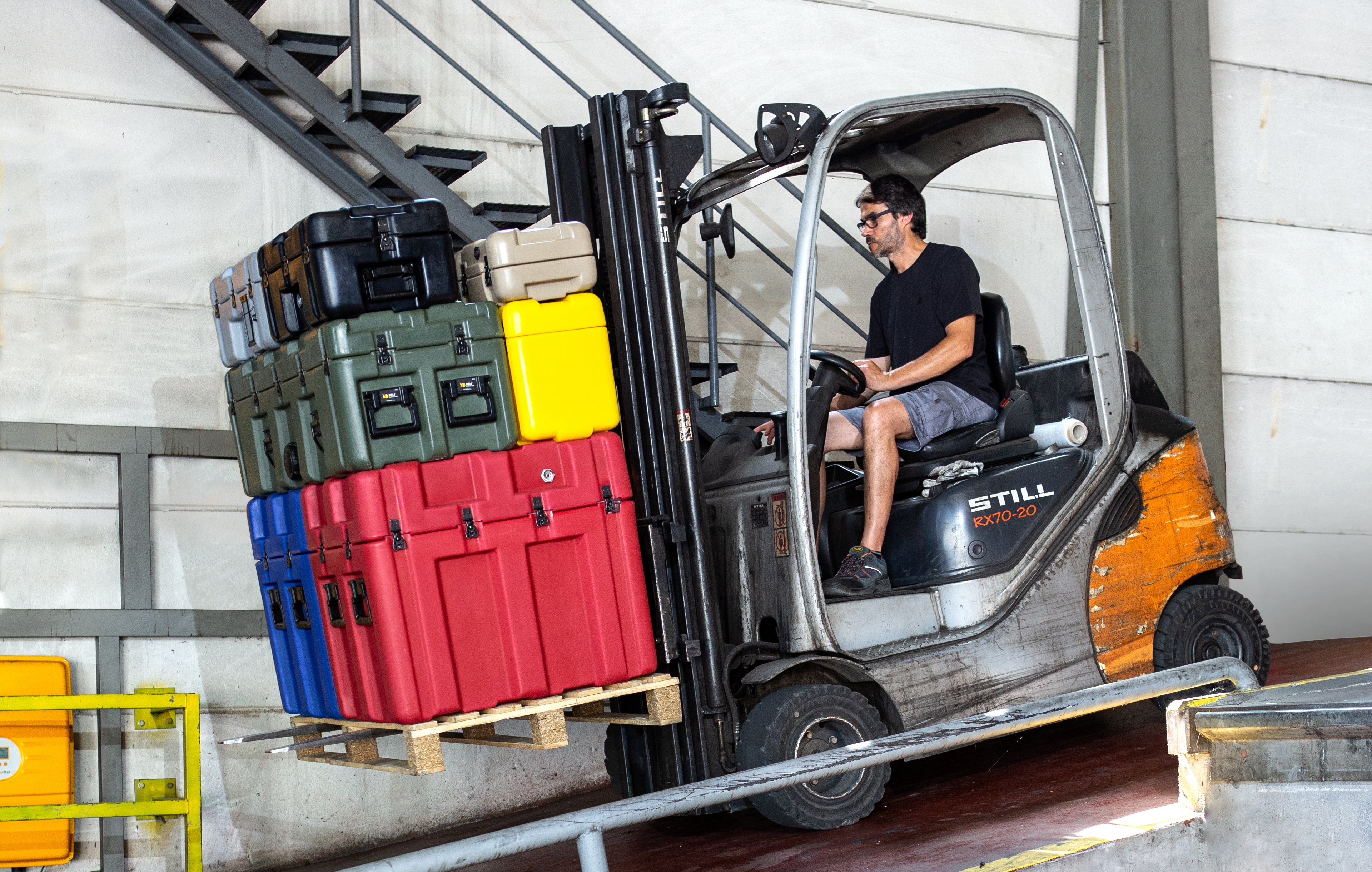
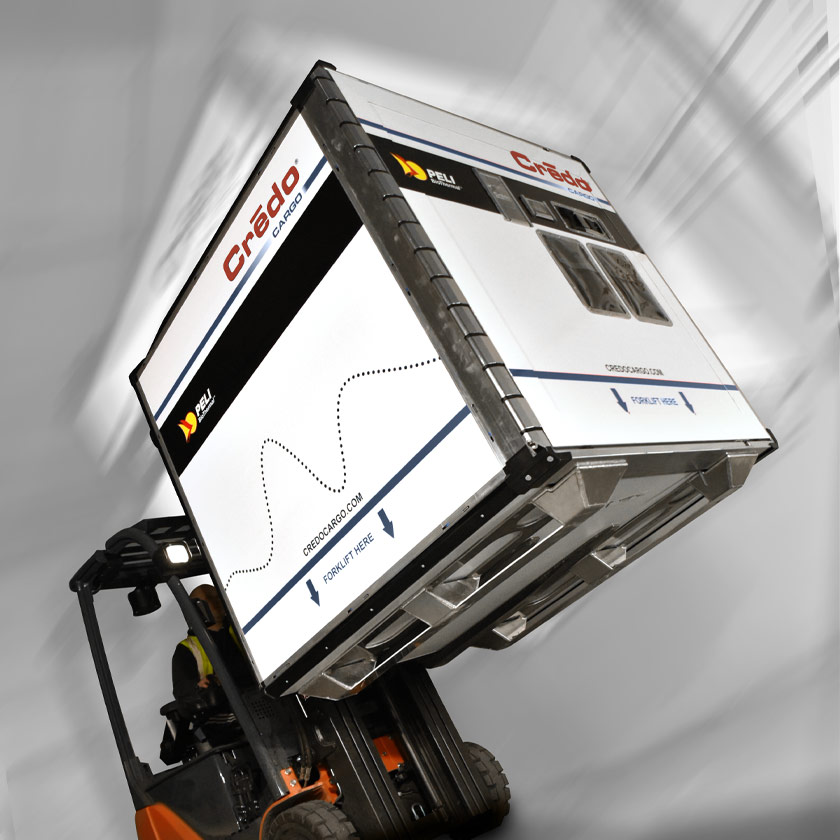
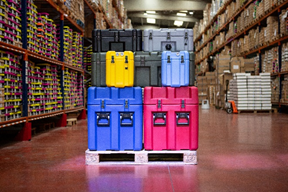

Post a comment